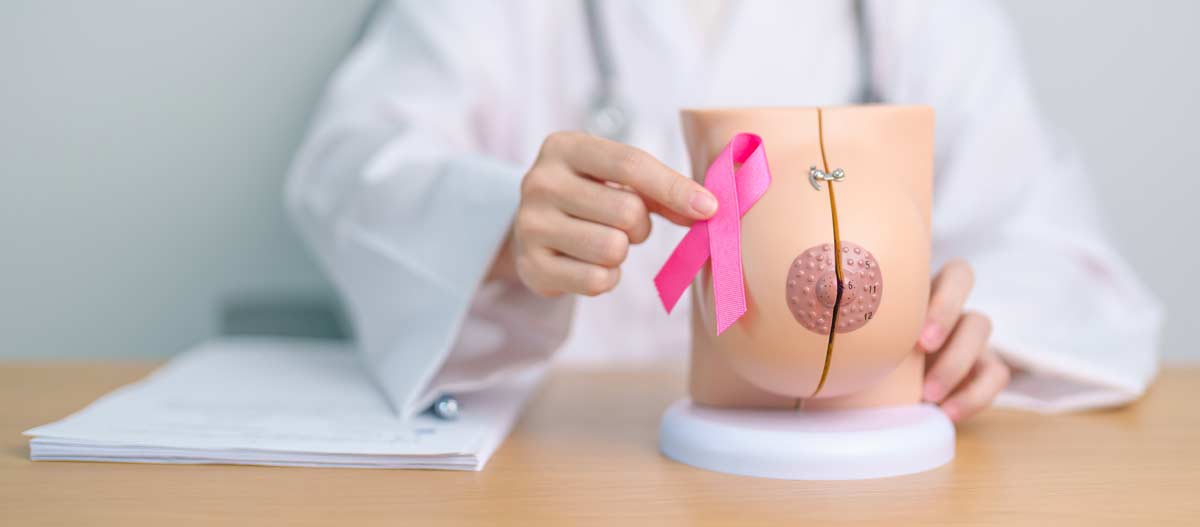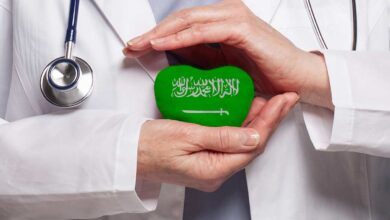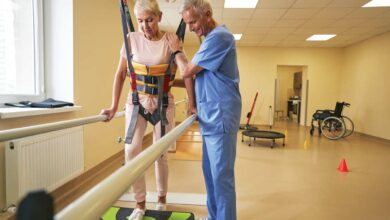Empowering Women in the Fight Against Breast Cancer

Equipping women with comprehensive knowledge and practical tools is essential for strengthening early detection and prevention of breast cancer. Empowerment through education and improved access to screening is one of the most effective strategies to reduce breast cancer mortality. When awareness is seamlessly woven into daily life and community settings, it moves beyond information-sharing to drive meaningful and lasting change.
When women are informed about how to perform breast self-exams and are familiar with a wide range of symptoms, including subtle changes in breast texture, shape, or nipple discharge, the likelihood of early diagnosis increases significantly, leading to better health outcomes. A key component of empowerment is dispelling common myths. Misconceptions—such as the belief that only older women are at risk, or that underwire bras cause cancer—often discourage women from taking their health seriously. Replacing these myths with accurate information empowers women to make proactive, informed choices about their well-being.
Social factors also play an important role. Research consistently shows that women’s empowerment, measured through higher levels of education, financial independence, and personal autonomy, is directly linked to greater participation in regular cancer screening programs. When women have control over their lives and access to resources, they are more likely to prioritize their health. By addressing knowledge gaps and correcting societal misconceptions, while simultaneously supporting women’s empowerment, we can adopt a more proactive and effective approach to breast cancer awareness and prevention worldwide. To make a tangible impact, collaboration is key. Partnering with hospitals and NGOs to organize free screening campaigns and workshops can facilitate access to care. Leveraging digital platforms to share simple, easy-to-understand content about early warning signs and self-examination steps is equally powerful, especially given the growing reach of social media. Using engaging, shareable content to debunk myths equips women with reliable information to guide better health decisions. Highlighting locations that offer free or subsidized mammograms also helps ensure women can access screening services with ease.
Finally, tracking outcomes, such as workshop participation, screening numbers, and community feedback, is crucial for improving future awareness efforts.
Key Aspects of Women’s Empowerment
Strengthening awareness, encouraging early detection, and ensuring access to comprehensive care enable women to take control of their health and improve breast cancer outcomes. Early detection saves lives, and empowering women with knowledge and resources is at the heart of this mission.
Education and Awareness
Expanding knowledge about breast cancer is fundamental. Every woman should understand risk factors, such as family history and lifestyle, as well as the wide range of possible symptoms. These signs extend beyond palpable lumps to include subtle changes such as skin dimpling, puckering, alterations in breast size or shape, and unusual nipple discharge. Awareness campaigns, particularly those during Breast Cancer Awareness Month each October, aim to inspire women to change daily behaviors and actively participate in screening programs.
Self-Examination and Clinical Breast Exams
Breast self-examination empowers women to directly monitor their health. By regularly performing self-checks, women become familiar with their own breast tissue and are better able to detect abnormalities early. Self-examination should be followed by clinical breast exams conducted by healthcare providers.
Doctors recommend a clinical breast exam at least once every three years for women aged 20–39, and annually for women over 40, to ensure timely detection of any concerns.
Mammography
Mammography is an indispensable diagnostic tool for early detection. It produces highly detailed images capable of identifying tumors too small to be felt. Mammography remains the most effective method for reducing breast cancer mortality. All women are advised to begin regular mammograms at age 40. For those with additional risk factors, such as a strong family history, screening may need to start earlier under medical guidance.
Healthy Lifestyle Choices
Lifestyle plays a preventive role in reducing breast cancer risk. Protective habits include:
- Following a diet rich in fruits, vegetables, and whole grains.
- Engaging in at least 30 minutes of daily physical activity.
- Limiting alcohol intake and avoiding smoking.
- Considering breastfeeding, which research shows may reduce breast cancer risk.
These measures form an essential part of a holistic prevention strategy.
Support and Resources
Global and local organizations, including the World Health Organization (WHO) and the Union for International Cancer Control (UICC, provide comprehensive support programs to ensure timely screening and access to treatment. These programs go beyond medical care, offering psychological and social support to help women navigate the challenges of diagnosis and treatment. Particular focus is placed on improving access in resource-limited settings, where delayed diagnosis remains a primary driver of high mortality rates.

Global Initiatives
International initiatives bring hope for reducing the burden of breast cancer. The WHO’s Global Breast Cancer Initiative, for example, aims to reduce breast cancer mortality by 2.5% annually by 2040. Its framework rests on three pillars: prevention, timely diagnosis, and effective treatment and management.
To achieve these goals, WHO has developed educational resources, including advocacy toolkits and online training courses, to equip stakeholders worldwide with the tools to enhance their efforts in combating breast cancer.














